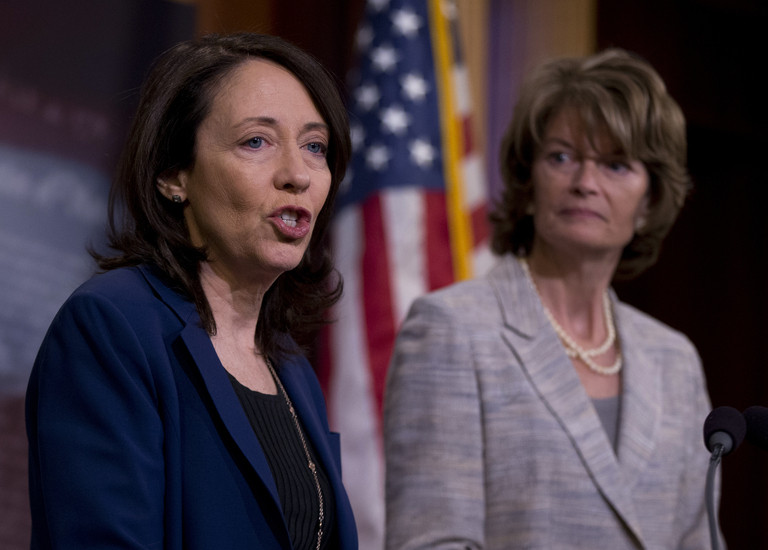What the new energy act will bring to the Northwest
Wednesday, January 27, 2021

(As reported in The Seattle Times by By Scott Corwin, Spencer Gray and Bryce Yonker)
In the chaotic close to 2020, you may have missed a bright spot for our region: a significant new law supporting energy innovation. We want to give credit where it’s due for this accomplishment, the first of its kind in 13 years.
Our organizations represent a diverse cross-section of the electric power sector. In addition to striving to provide reliable service to our customers, our members are all focused on creating a cleaner, more resilient and equitable energy future.
The Energy Act of 2020, part of the pandemic relief and spending bill that Congress passed on Dec. 21, is a major step forward. The new law phases out hydrofluorocarbons, a potent greenhouse gas, and authorizes investing $35 billion to advance renewable energy and zero-emission technology. At the heart of the Energy Act is a set of policies championed by U.S. Sen. Maria Cantwell, D-Wash.
The Energy Act combined a decade of measures from nearly 70 senators. Core provisions were the product of four years of strong collaboration between Sens. Cantwell and Lisa Murkowski, R-Alaska, both serving on the Energy and Natural Resources Committee. They led the Senate in passing an earlier version of the bill in 2016. Murkowski’s persistent approach served the whole country well during her long tenure atop the committee. Sen. Joe Manchin, D-W.Va., incoming committee chair, has continued the bipartisan tradition.
We highlight the bipartisan support from the Pacific Northwest delegation for the bill and complementary provisions, including Sen. Patty Murray’s critical appropriations support and Rep. Cathy McMorris Rodgers’ senior voice on the House energy committee.
Cantwell deserves particular credit for focusing her colleagues on the need to create a stronger platform for investing in clean energy and the nimble grid that enables it. Inventing, commercializing and deploying new-energy technology requires steady access to capital, long-term rather than short-term investments, and strong coordination between researchers and the public and private sectors. Smart federal policy provides this: it fills in the gaps that no one else is capable of filling.
So how will the Energy Act’s new programs affect us?
∙ Smart Grid 2.0: Cantwell rightly saw that technology had caught up to the federal “Smart Grid” program she helped authorize in 2007 and updated it accordingly. The original program helped digitize the grid, covering costs of 16 million new smart meters nationwide and more than 100 regional demonstration projects, including in the Northwest. Look forward to the next phase of devices that will reduce and optimize your household or office energy use.
∙ Smart Buildings: The new law accelerates investments in “smart buildings”: more energy efficient buildings that integrate all systems within a building or complex of buildings using automated controls, such as capturing heat from computer servers and recirculating it. As a result, expect to see proliferating innovation like Seattle’s Bullitt Center and Spokane’s University District.
∙ Storage, Electric Vehicles and Microgrids: The new law authorizes demonstration programs for the next generation of microgrids, batteries and other technology that may be coupled with a nearby solar farm to provide 24/7 power, or find their way into electric vehicles that turn your garage or your local bus stop into a new component of the grid.
∙ Grid Modernization: The new law unleashes the Department of Energy and National Labs to develop “off -the-shelf” tools for local and state regulators, including predictive analytics, performance metrics and blueprints for new grid architecture. Your power rates and the incentives that affect those rates are mostly overseen by state and local leaders. Rather than reinventing the wheel, they will now be able to rely on a suite of analytical tools from the best researchers in the world.
We applaud Sen. Cantwell and her colleagues for their sustained attention to seeing that the federal government has a targeted, high-impact role to help accelerate our clean-energy future. We will be better off with more examples of this kind of leadership.
Scott Corwin is the executive director of the Northwest Public Power Association, which provides education, training and government relations for consumer-owned utilities in the West.
Spencer Gray is executive director of the Northwest & Intermountain Power Producers Coalition, which advocates for competitive solutions in electric power policy in the Northwest.
Bryce Yonker is executive director and CEO of Grid Forward, a regional organization that promotes progress on electric system modernization and innovation.